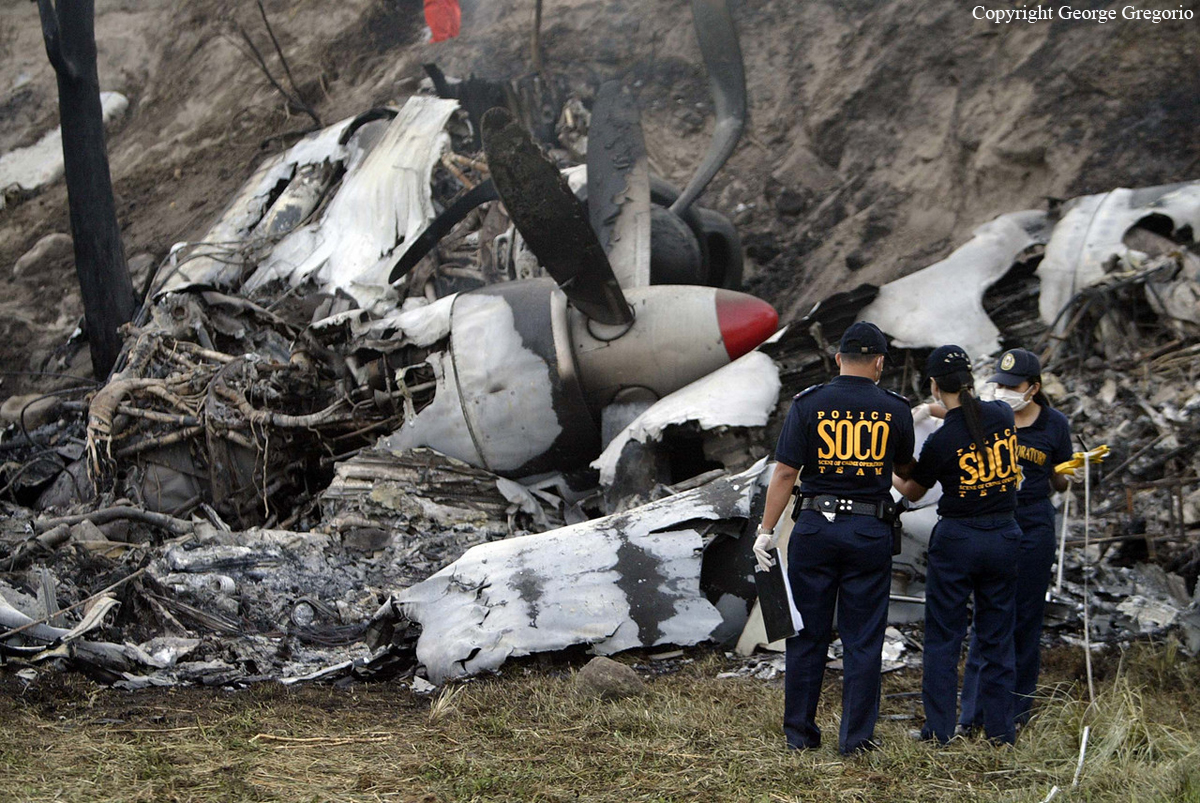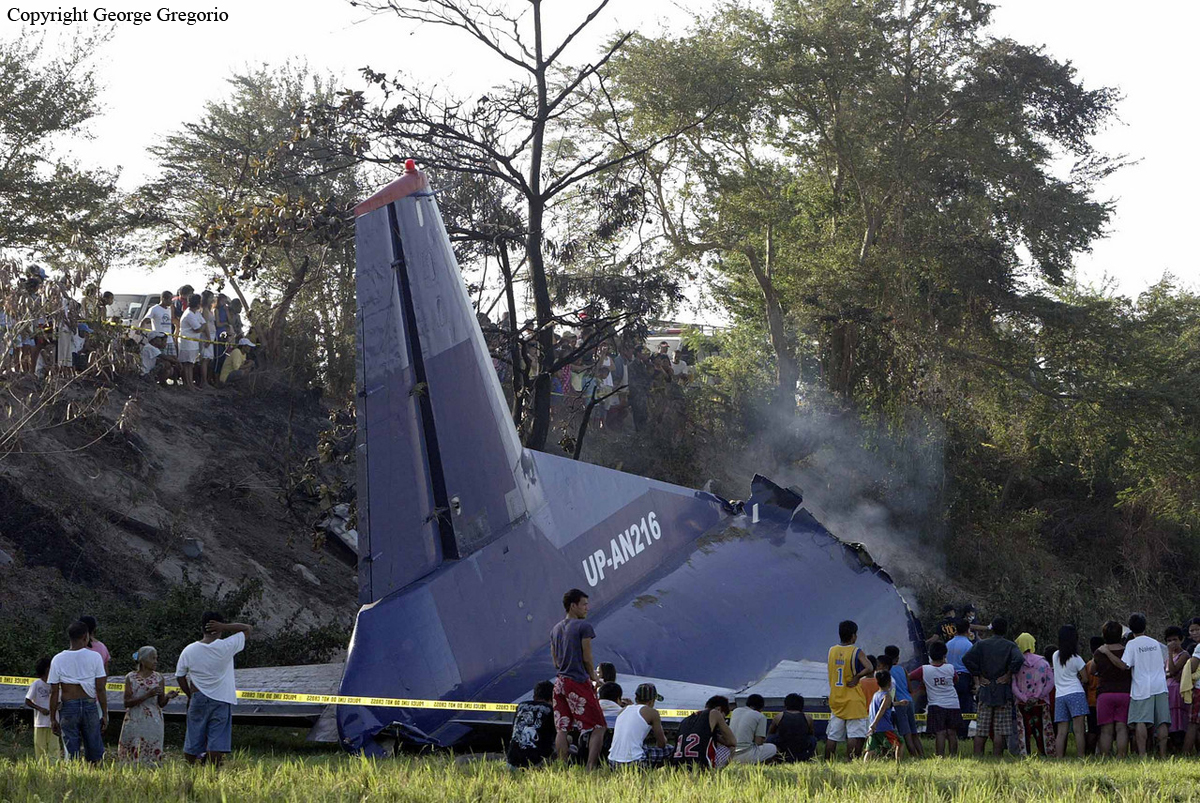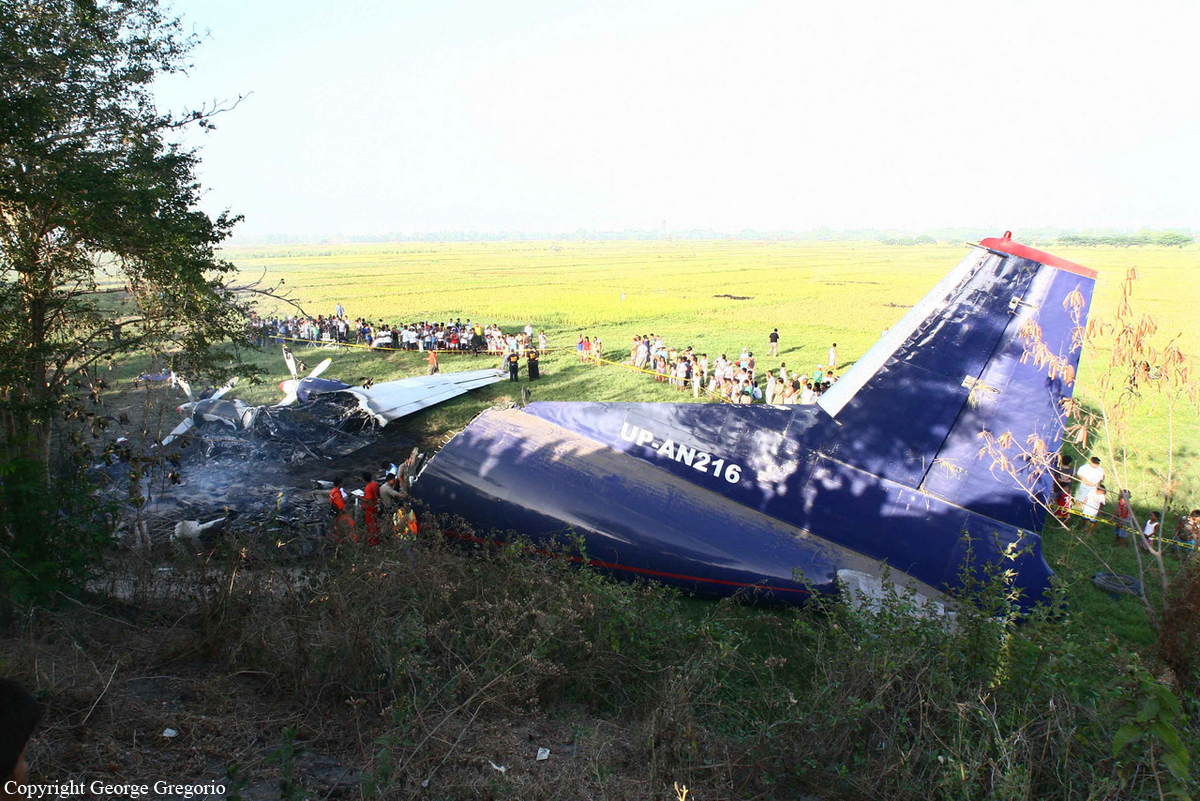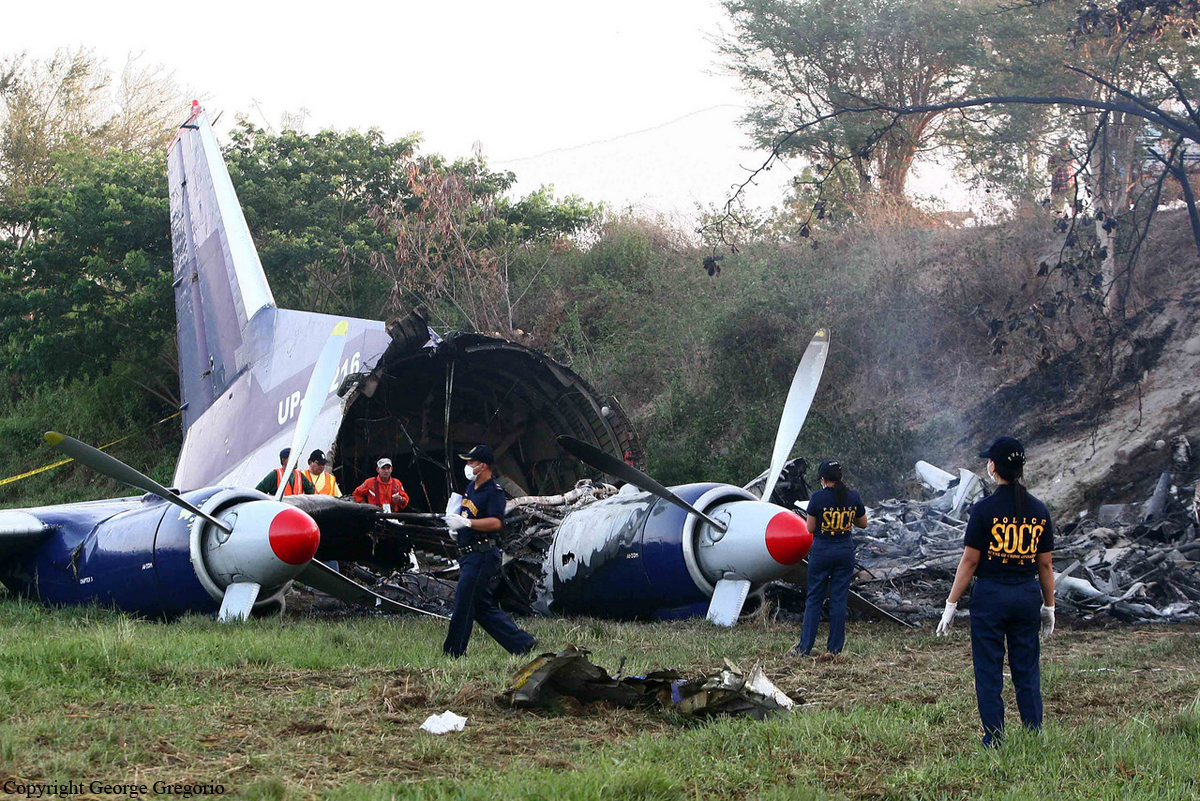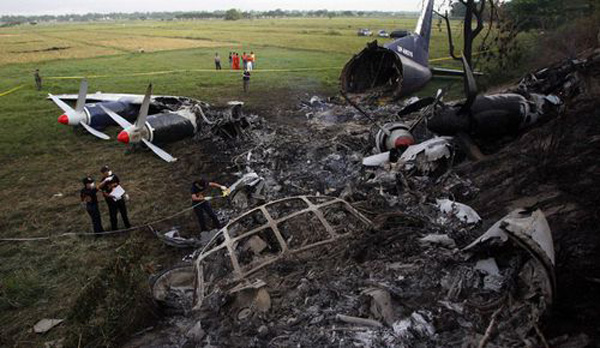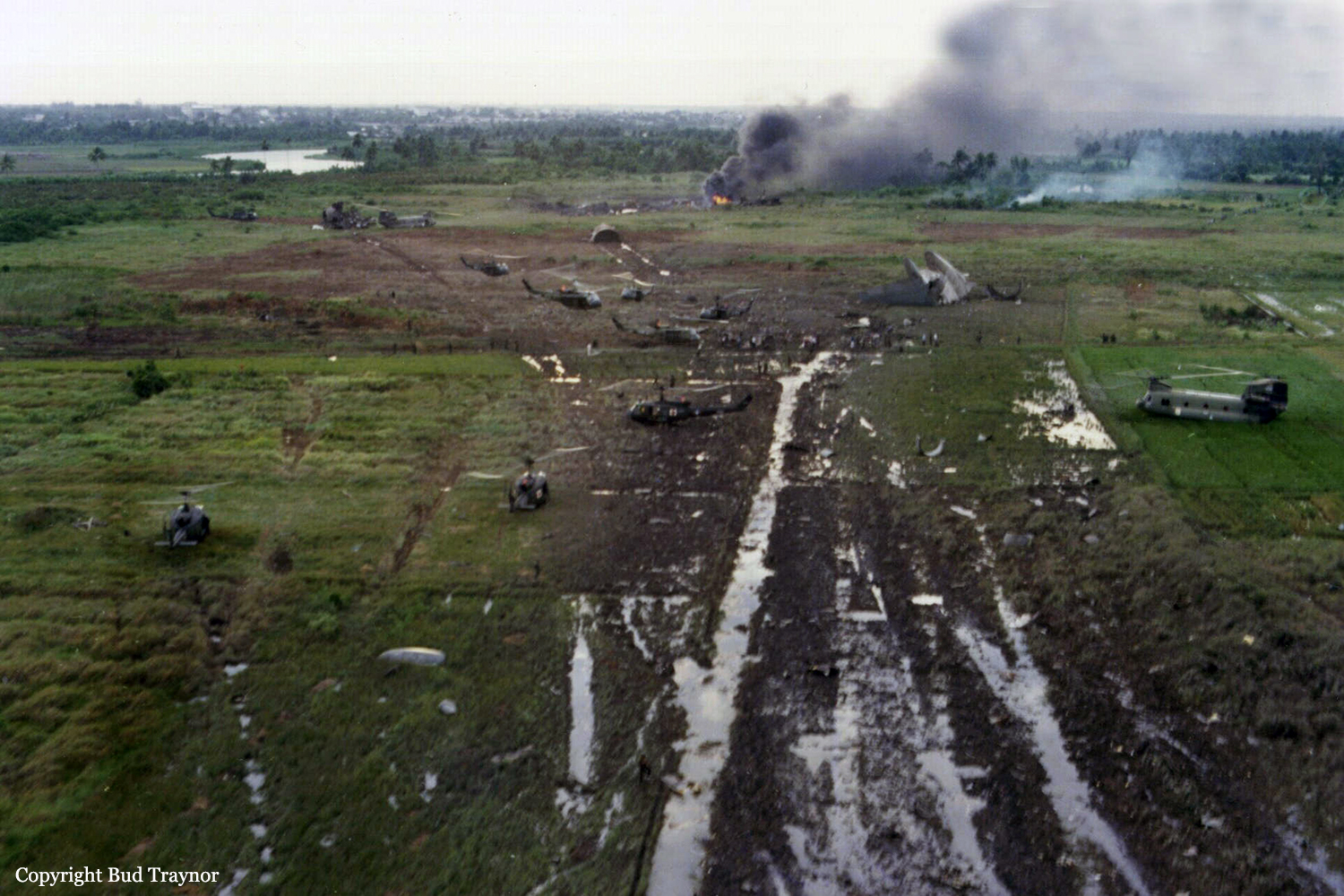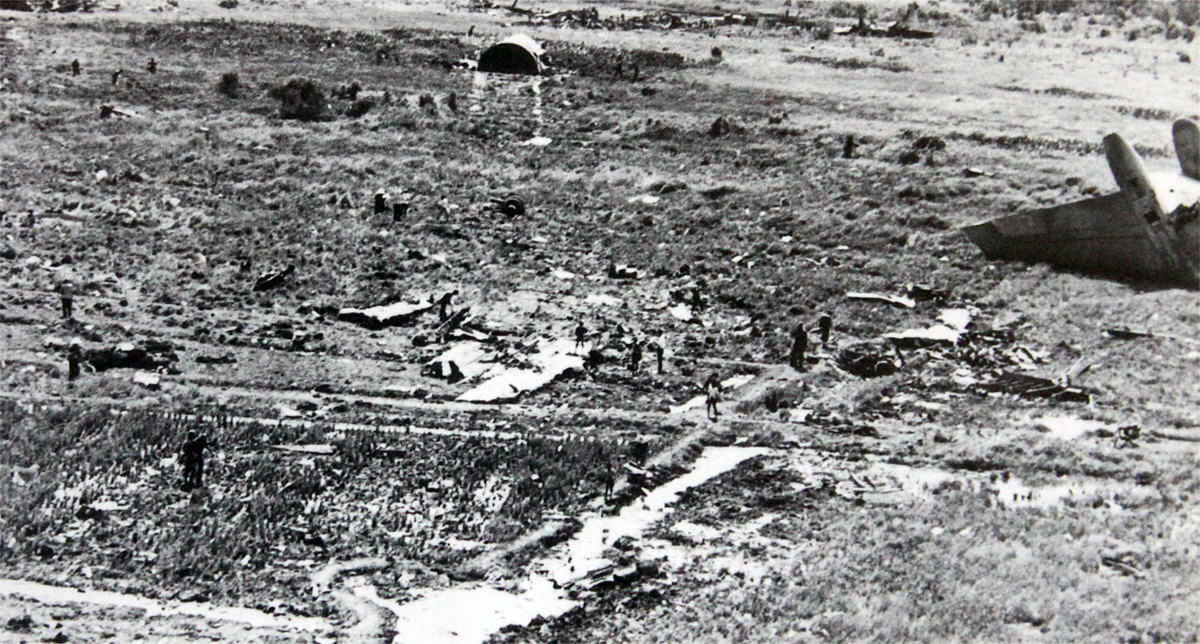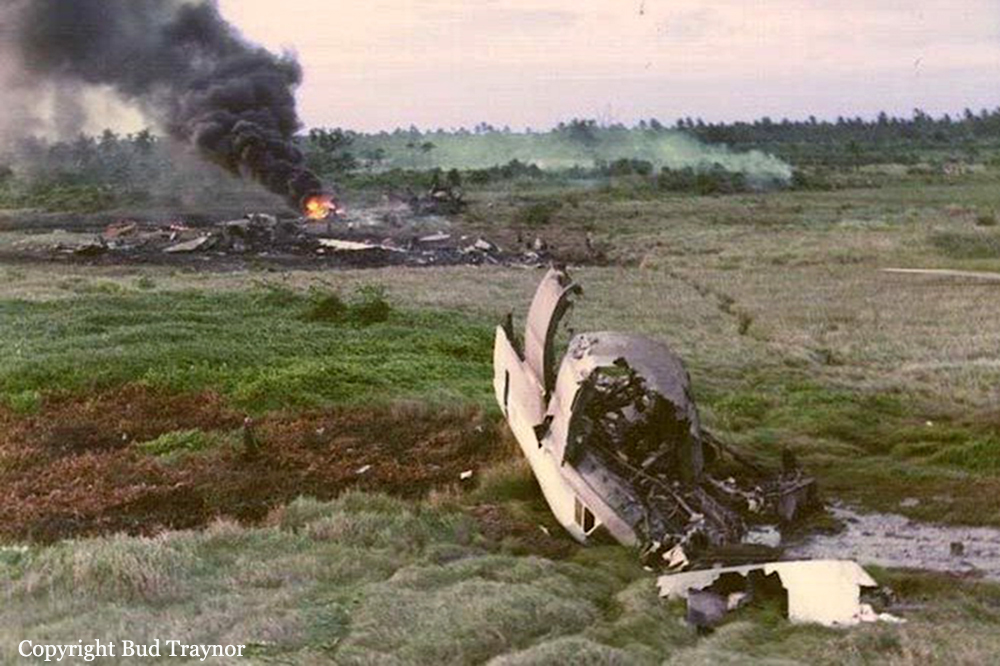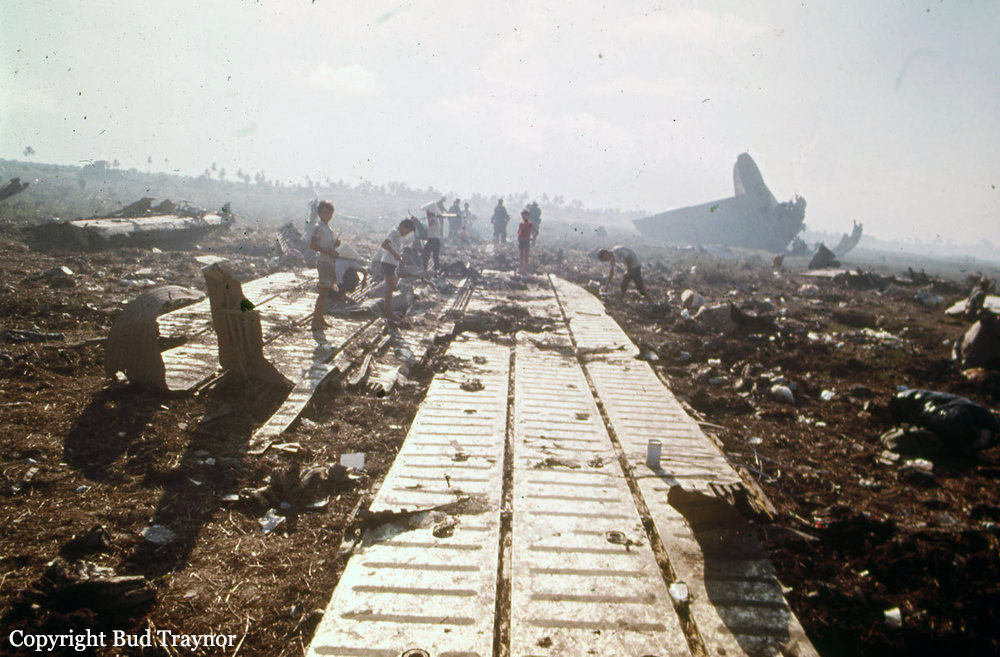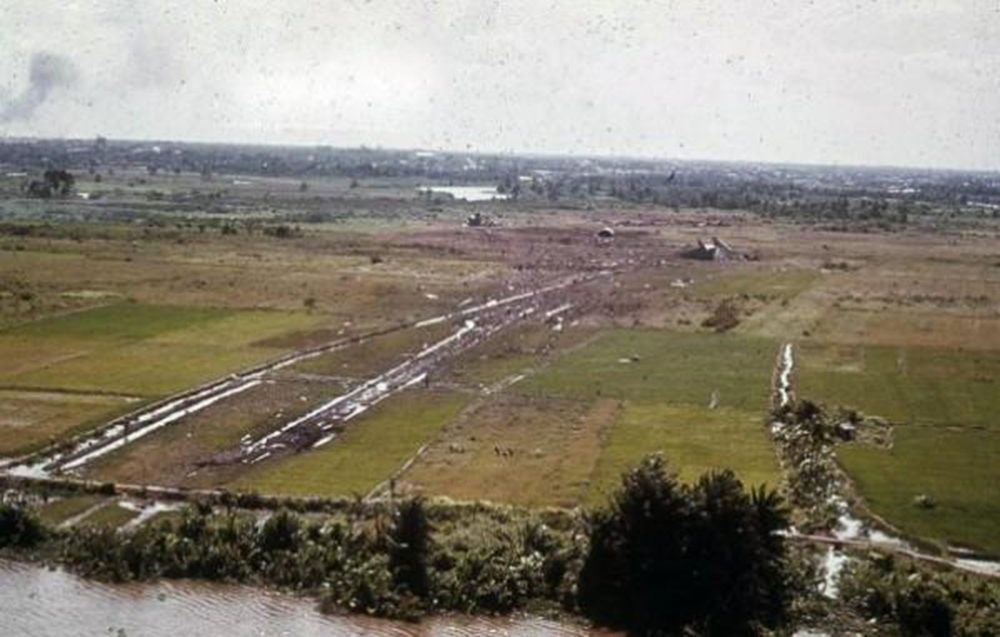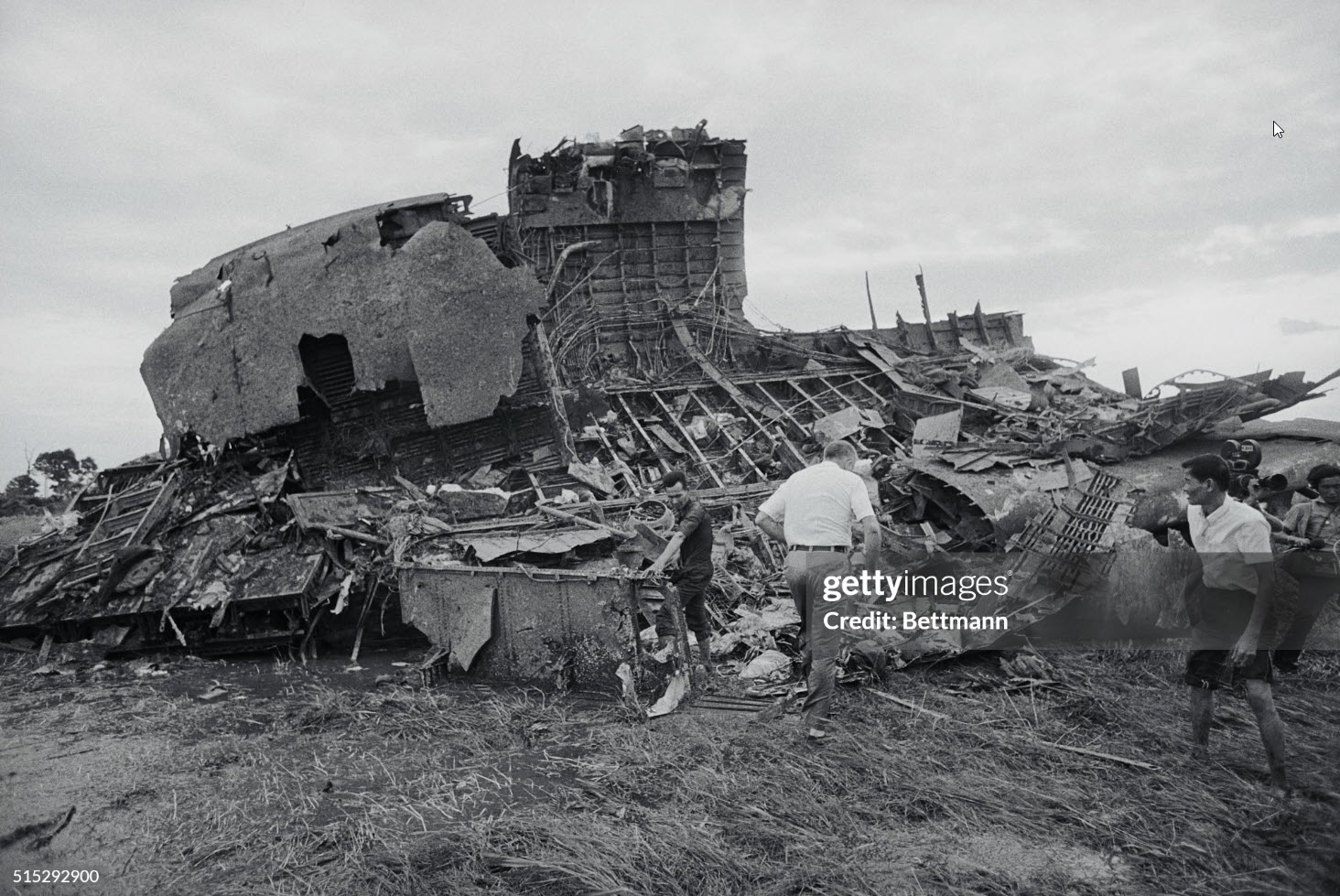Crash of an Antonov AN-12BP near Mexico City: 3 killed
Date & Time:
Apr 21, 2010 at 2050 LT
Registration:
UP-AN216
Survivors:
Yes
Schedule:
Cebu City - Angeles City
MSN:
4 020 01
YOM:
1964
Crew on board:
6
Crew fatalities:
Pax on board:
0
Pax fatalities:
Other fatalities:
Total fatalities:
3
Circumstances:
The aircraft departed Cebu City on a cargo flight to Angeles City, carrying six crew members and a load of various goods on behalf of UPS. En route, a short circuit occurred in the electrical system, followed by one or more engine failure. The crew elected to divert to the nearest airport. Unfortunately, this was not possible and the captain attempted an emergency landing in a paddy field. The aircraft came to rest on an embankment and was destroyed by a post impact fire. Three crew members were killed while three others were seriously injured.
Probable cause:
In flight short-circuit on the electrical system for unknow reasons.
